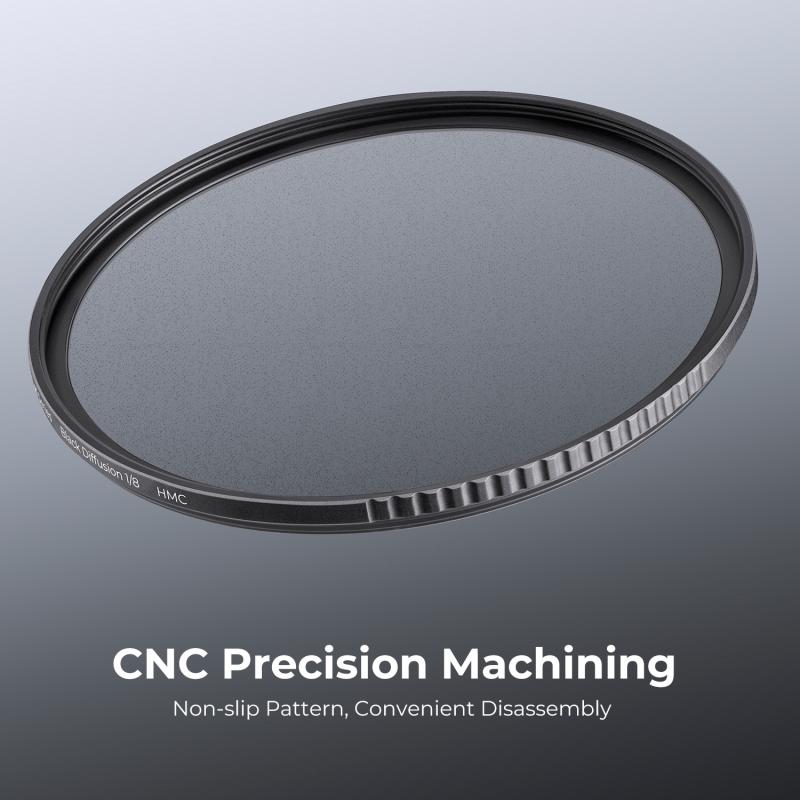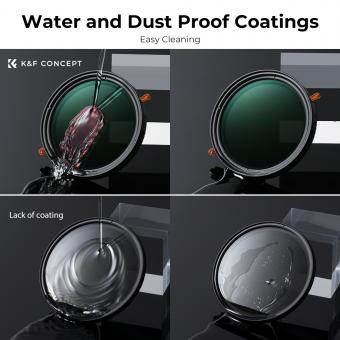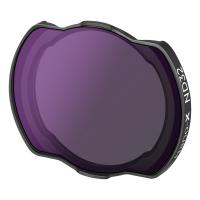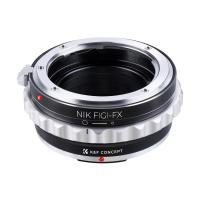Are Nd Filters Polarized ?
No, ND filters are not polarized. ND filters, or neutral density filters, are designed to evenly reduce the amount of light entering the camera without affecting the color or polarization of the light. Polarizing filters, on the other hand, are used to selectively block or allow certain polarized light waves to reduce reflections and enhance colors.
1、 ND filters: Definition and purpose in photography
ND filters, also known as Neutral Density filters, are not inherently polarized. ND filters are designed to evenly reduce the amount of light entering the camera lens without affecting the color or contrast of the image. They achieve this by uniformly darkening the entire scene, allowing photographers to use wider apertures or slower shutter speeds in bright conditions.
Polarizing filters, on the other hand, are specifically designed to reduce glare and reflections from non-metallic surfaces such as water or glass. They work by selectively blocking certain polarized light waves, resulting in increased color saturation and improved contrast in the image.
While ND filters and polarizing filters serve different purposes, some manufacturers have developed combination filters that incorporate both ND and polarizing properties. These filters allow photographers to achieve longer exposures in bright conditions while also reducing glare and reflections. However, it is important to note that these combination filters may have limitations and trade-offs, such as reduced light transmission or potential color shifts.
It is worth mentioning that the latest point of view on ND filters and polarizing filters is that they continue to be essential tools for photographers. With advancements in technology, filters are now available in various strengths and types, including square or circular filters that can be easily attached to lenses. Additionally, some photographers prefer to simulate the effects of ND filters or polarizing filters through post-processing techniques, but the use of physical filters still offers distinct advantages in terms of convenience and control over the final image.
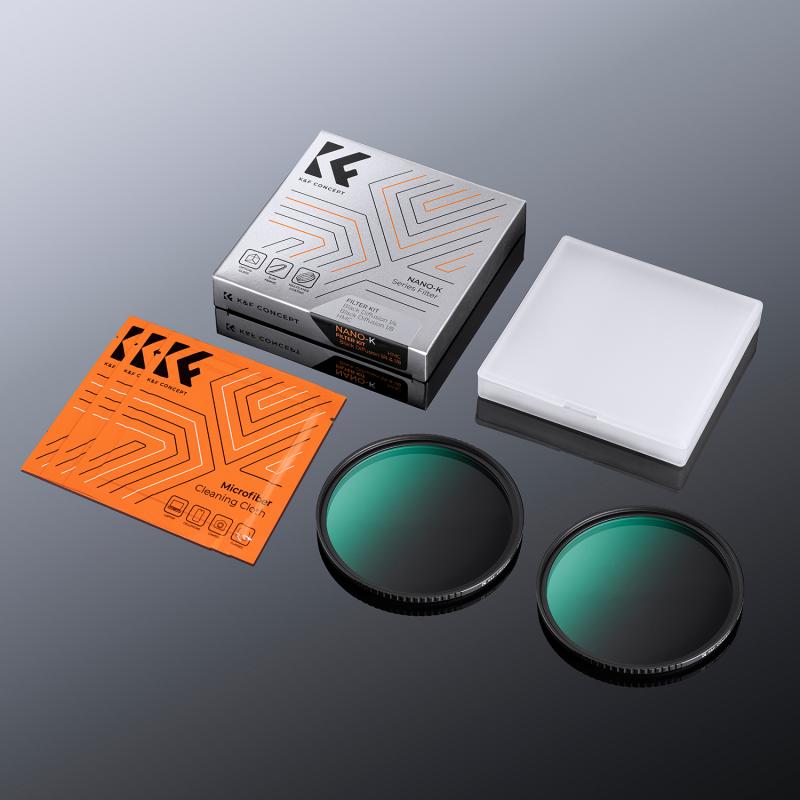
2、 Types of ND filters: Polarized vs. non-polarized
Types of ND filters: Polarized vs. non-polarized
ND filters, or Neutral Density filters, are commonly used in photography and videography to reduce the amount of light entering the camera lens. They are particularly useful in situations where a slower shutter speed or wider aperture is desired, such as capturing motion blur or achieving a shallow depth of field in bright lighting conditions.
When it comes to ND filters, there are two main types: polarized and non-polarized.
Polarized ND filters are designed to not only reduce the amount of light but also to selectively block certain polarized light waves. These filters are commonly used in landscape photography to enhance colors and reduce glare. By blocking specific polarized light waves, polarized ND filters can help to reduce reflections from water or glass surfaces, resulting in more vibrant and detailed images.
On the other hand, non-polarized ND filters are designed solely to reduce the amount of light entering the lens without affecting the polarization of light. These filters are more commonly used in general photography and videography applications where the primary goal is to control exposure rather than manipulate polarization.
It is important to note that the latest point of view suggests that the use of polarized ND filters may not always be necessary or beneficial. In some cases, they can introduce unwanted artifacts or color shifts, especially when used with wide-angle lenses. Therefore, photographers and videographers should carefully consider their specific needs and shooting conditions before deciding on the type of ND filter to use.
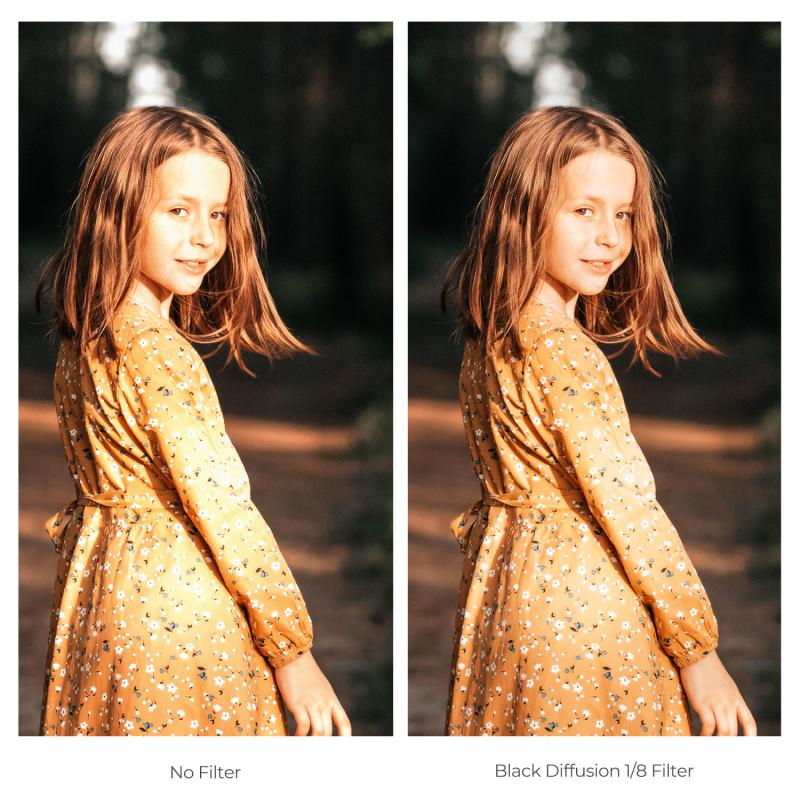
3、 Polarized ND filters: How they work and their benefits
Polarized ND filters are a type of neutral density filter that combines the benefits of both polarization and neutral density filters. These filters are designed to reduce the amount of light entering the camera while also selectively blocking certain polarized light waves.
Unlike regular ND filters, polarized ND filters have an additional layer that blocks specific polarized light waves. This allows them to reduce glare and reflections from non-metallic surfaces such as water, glass, or foliage. By selectively blocking polarized light, these filters can enhance color saturation, improve contrast, and create more vibrant and detailed images.
The working principle of polarized ND filters involves aligning the polarizing layer with the camera lens. This alignment allows the filter to block light waves that are vibrating in a specific direction, while allowing light waves vibrating in other directions to pass through. As a result, the filter can reduce the intensity of light entering the camera without affecting the overall color balance.
The benefits of polarized ND filters are numerous. They are particularly useful in landscape photography, where they can help capture stunning images of waterfalls, lakes, or oceans by reducing reflections and enhancing the natural colors. These filters are also valuable in architectural photography, as they can minimize reflections on glass surfaces and capture clear images of buildings.
It is important to note that not all ND filters are polarized. While polarized ND filters offer unique advantages, regular ND filters are more commonly used for general light reduction purposes. The choice between polarized and non-polarized ND filters depends on the specific requirements of the photographer and the desired effect.
In conclusion, polarized ND filters combine the benefits of both polarization and neutral density filters. They reduce the amount of light entering the camera while selectively blocking polarized light waves, resulting in enhanced color saturation, improved contrast, and reduced reflections. However, it is essential to understand that not all ND filters are polarized, and the choice between the two depends on the specific needs of the photographer.
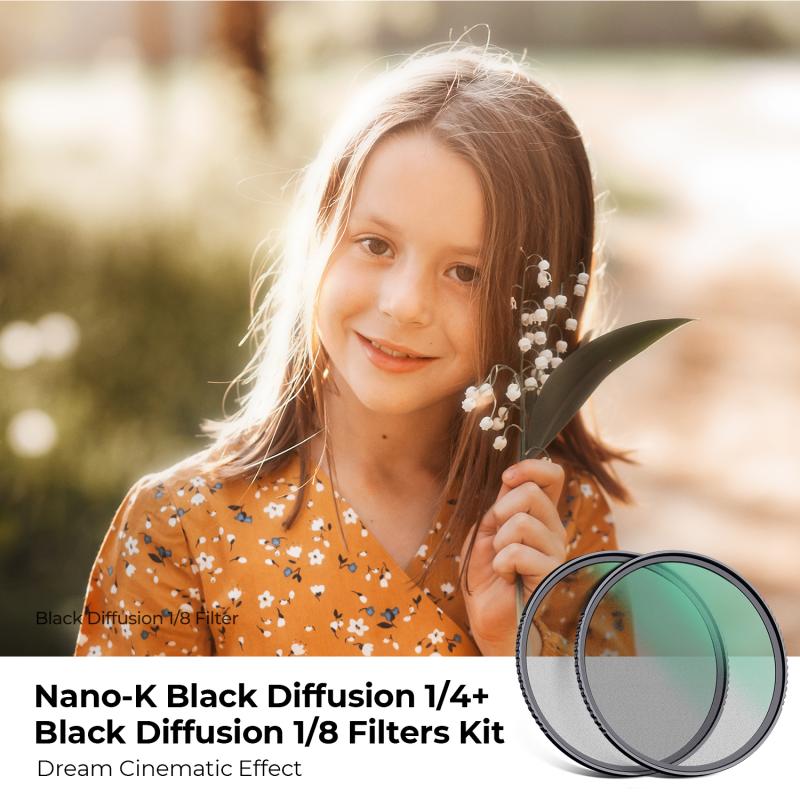
4、 Non-polarized ND filters: Advantages and applications
Non-polarized ND filters: Advantages and applications
ND filters, or Neutral Density filters, are widely used in photography and videography to control the amount of light entering the camera lens. They are designed to evenly reduce the intensity of light without affecting the color or hue of the image. While polarized filters are commonly used for various purposes, ND filters are typically non-polarized.
The main advantage of non-polarized ND filters is their ability to uniformly reduce the amount of light across the entire image. This ensures that the exposure is balanced and consistent, without any unwanted variations or color shifts. Non-polarized ND filters are particularly useful in situations where maintaining the natural color and tone of the scene is crucial, such as landscape photography or cinematography.
Another advantage of non-polarized ND filters is their versatility. They can be used in a wide range of lighting conditions, from bright sunlight to low-light environments. By adjusting the density of the filter, photographers and videographers can achieve the desired exposure and create various creative effects, such as motion blur or shallow depth of field.
Non-polarized ND filters are also commonly used in long-exposure photography. By using a high-density ND filter, photographers can capture stunning images of flowing water, streaking clouds, or smooth, ethereal landscapes. These filters allow for longer exposure times without overexposing the image, resulting in beautiful and surreal effects.
In recent years, there has been a growing trend towards using variable ND filters, which offer adjustable density levels in a single filter. These filters provide greater flexibility and convenience, allowing photographers and videographers to quickly adapt to changing lighting conditions without having to switch filters.
In conclusion, non-polarized ND filters offer several advantages and find extensive applications in photography and videography. Their ability to uniformly reduce light intensity while maintaining color accuracy makes them indispensable tools for achieving the desired exposure and creative effects.
